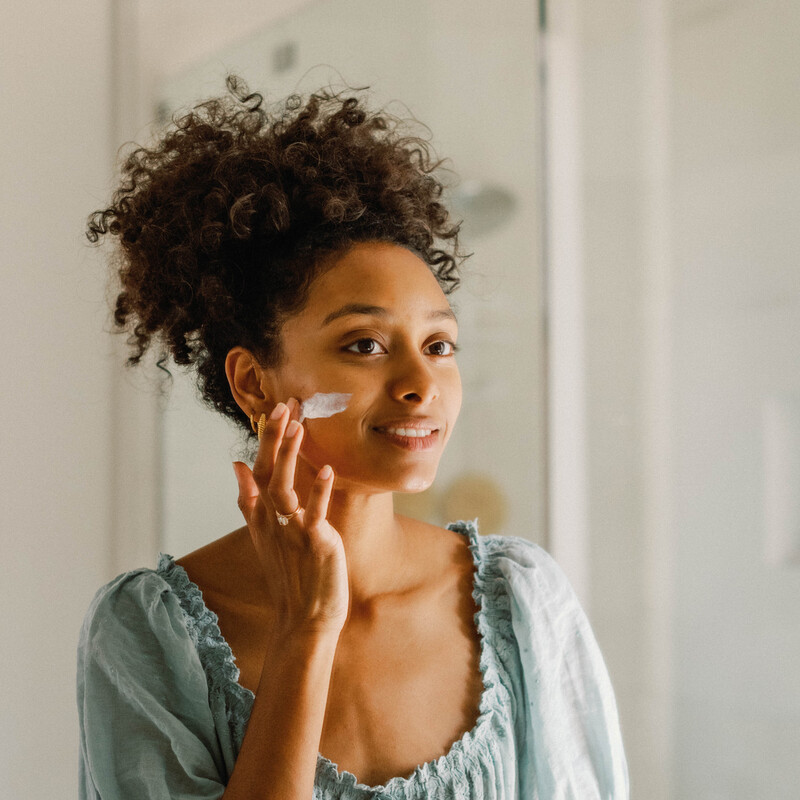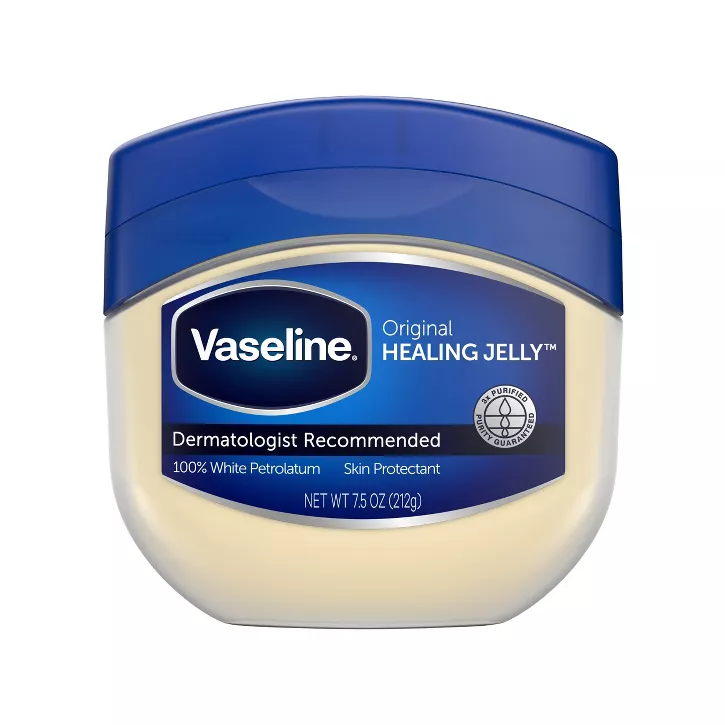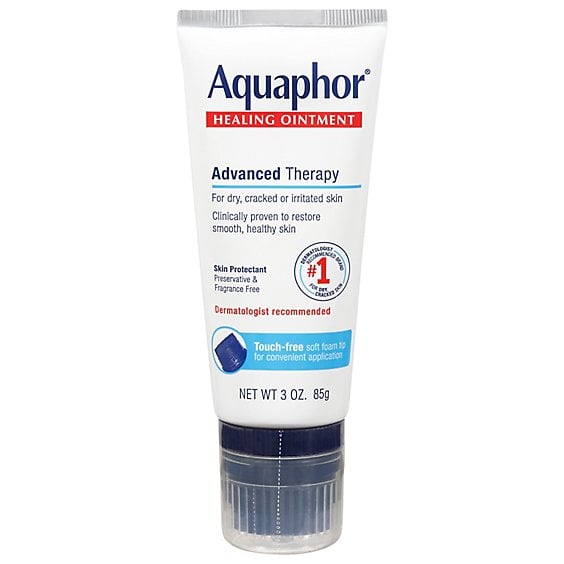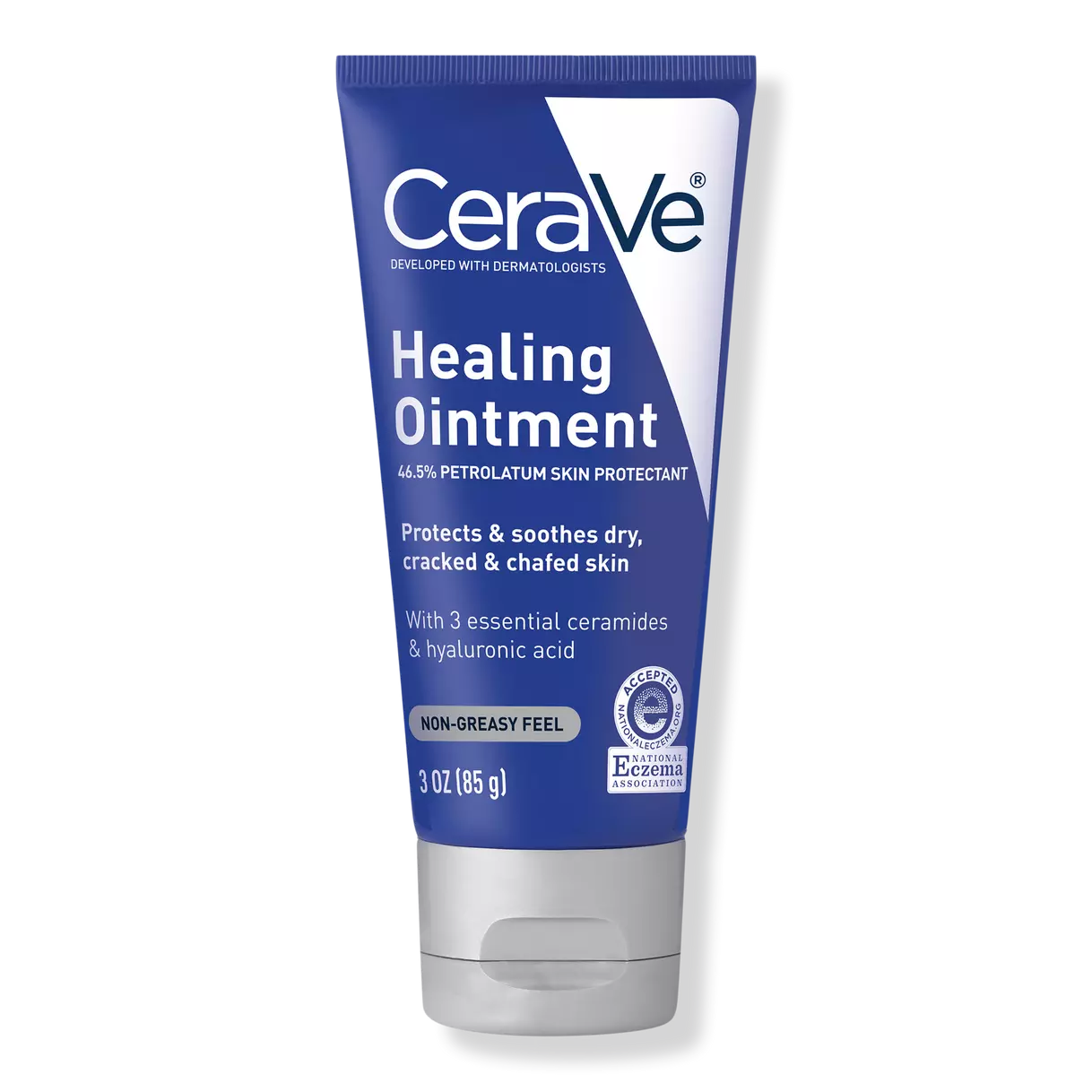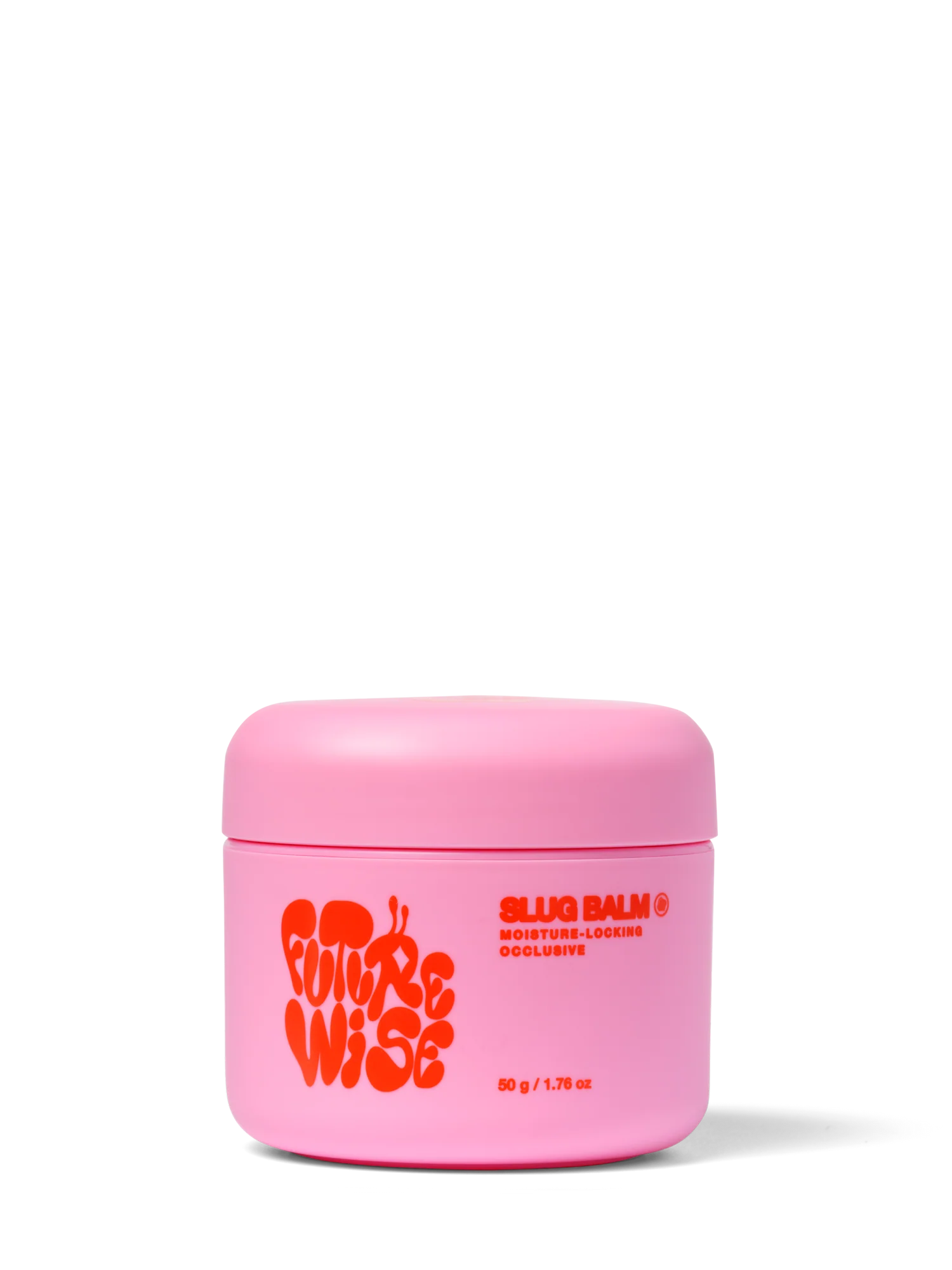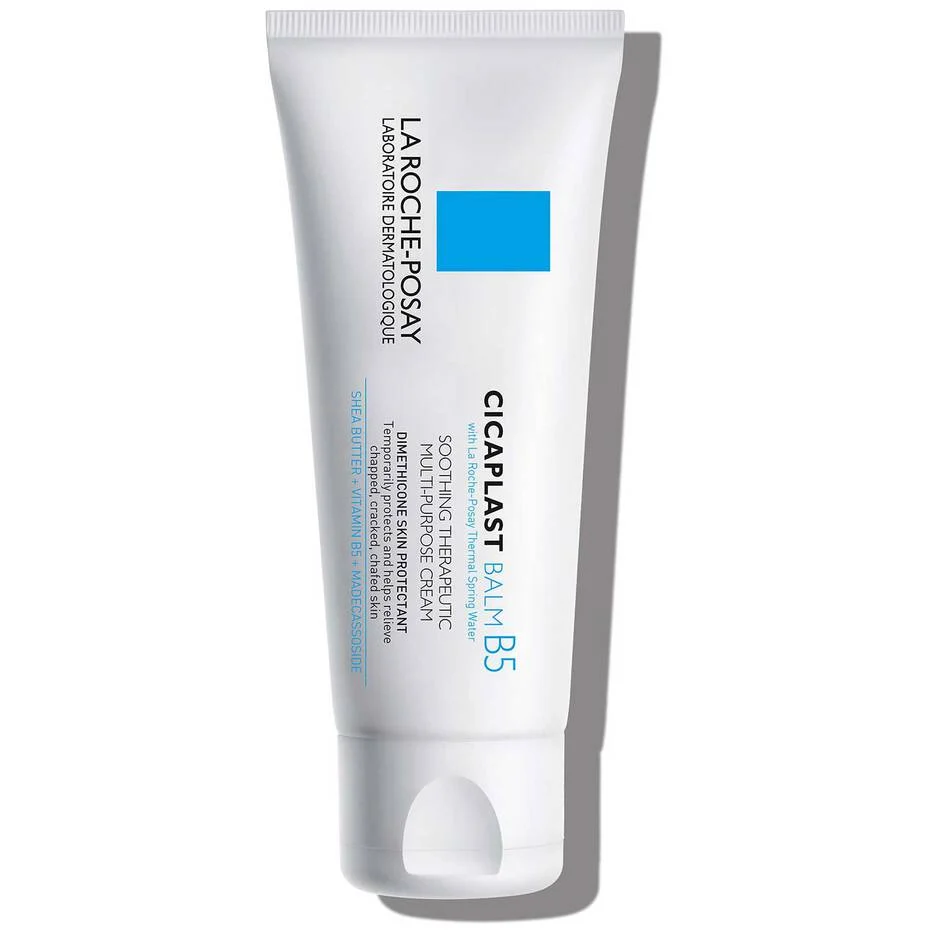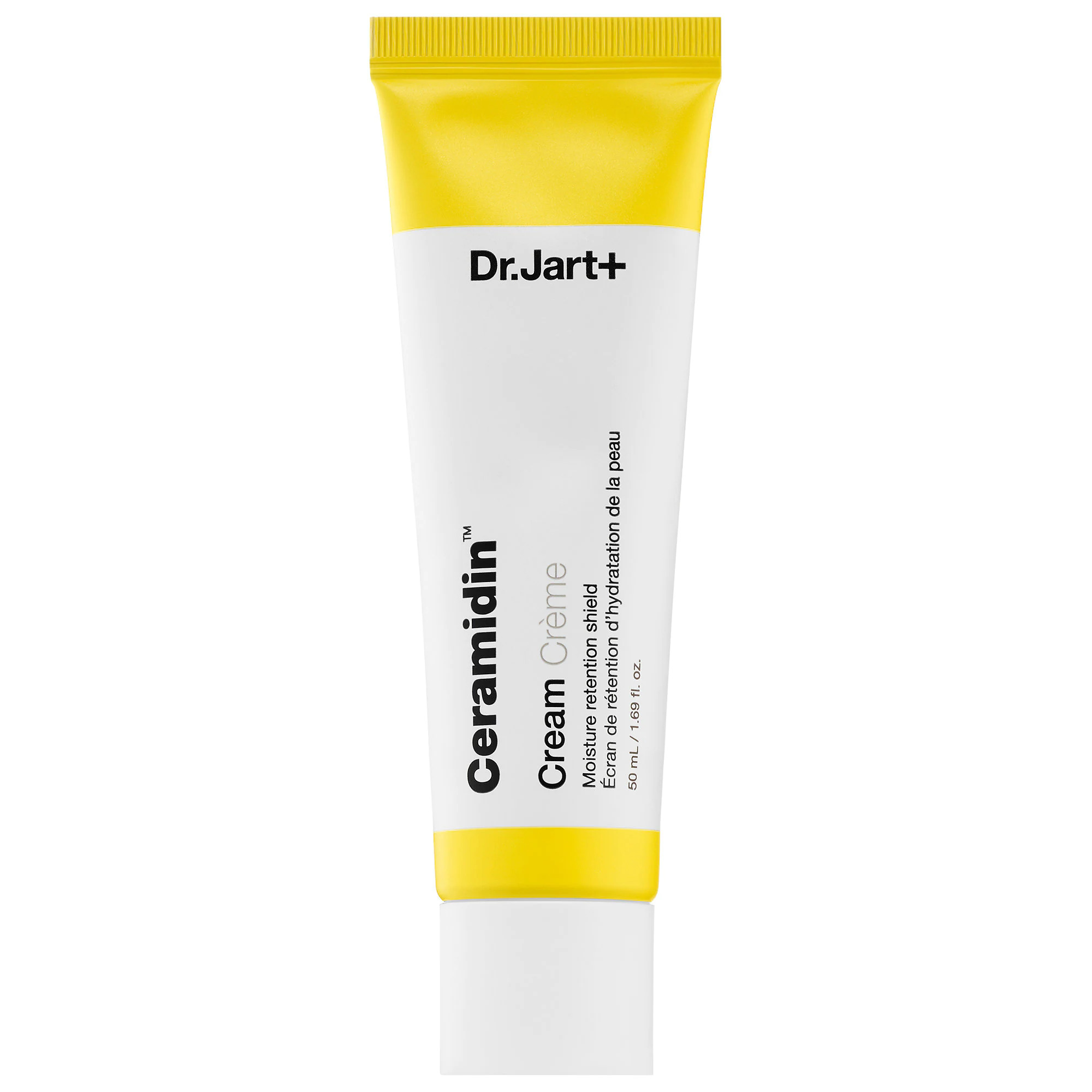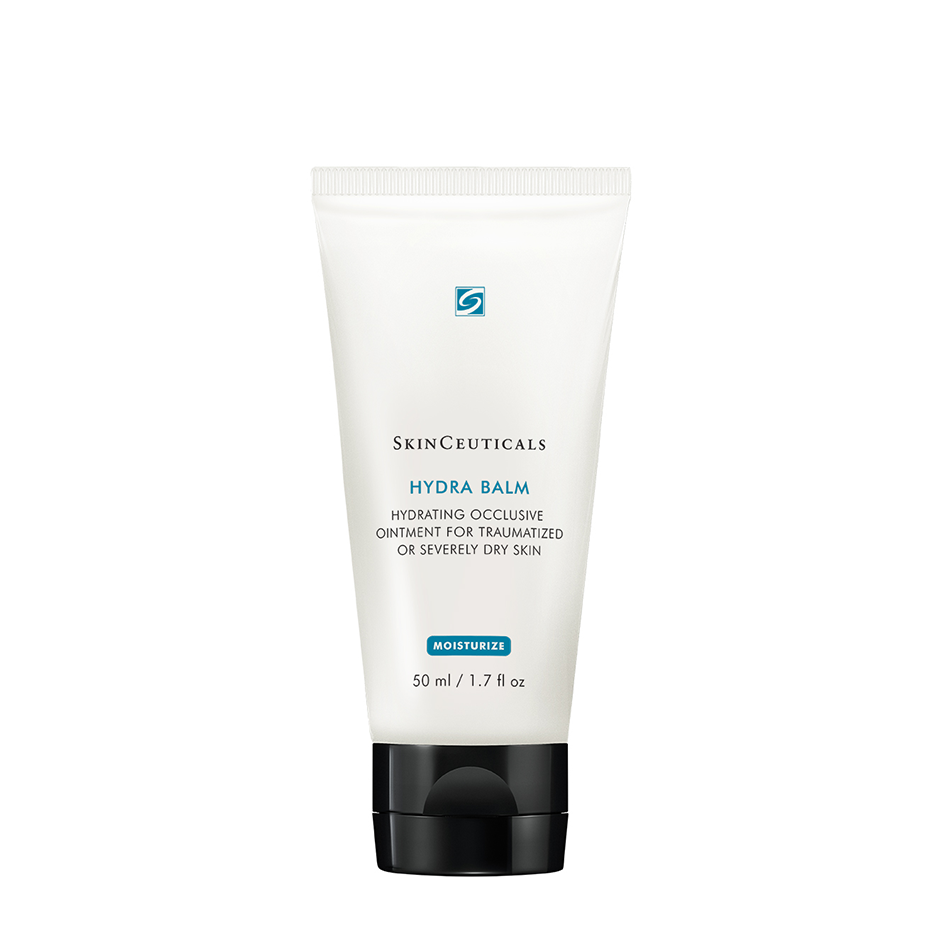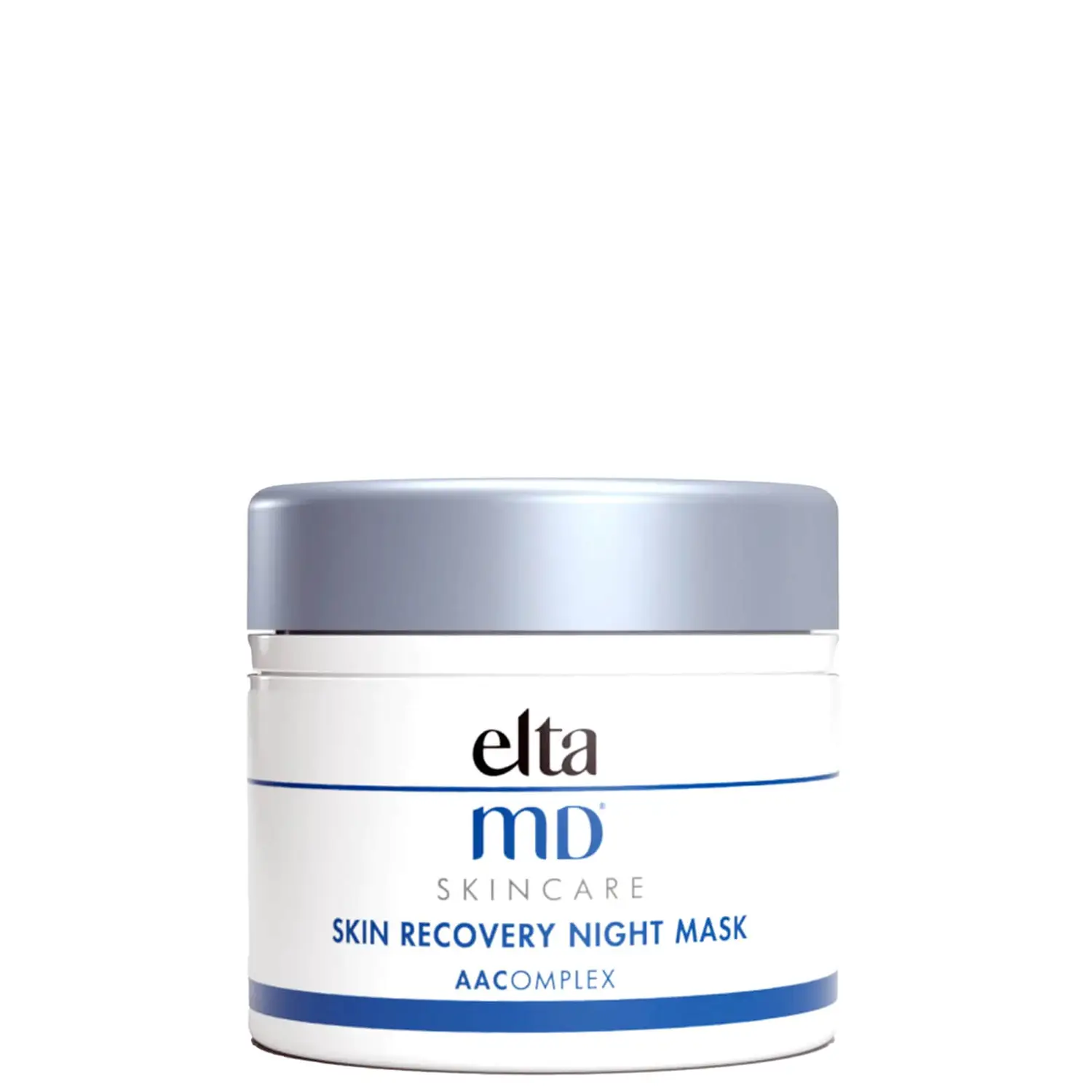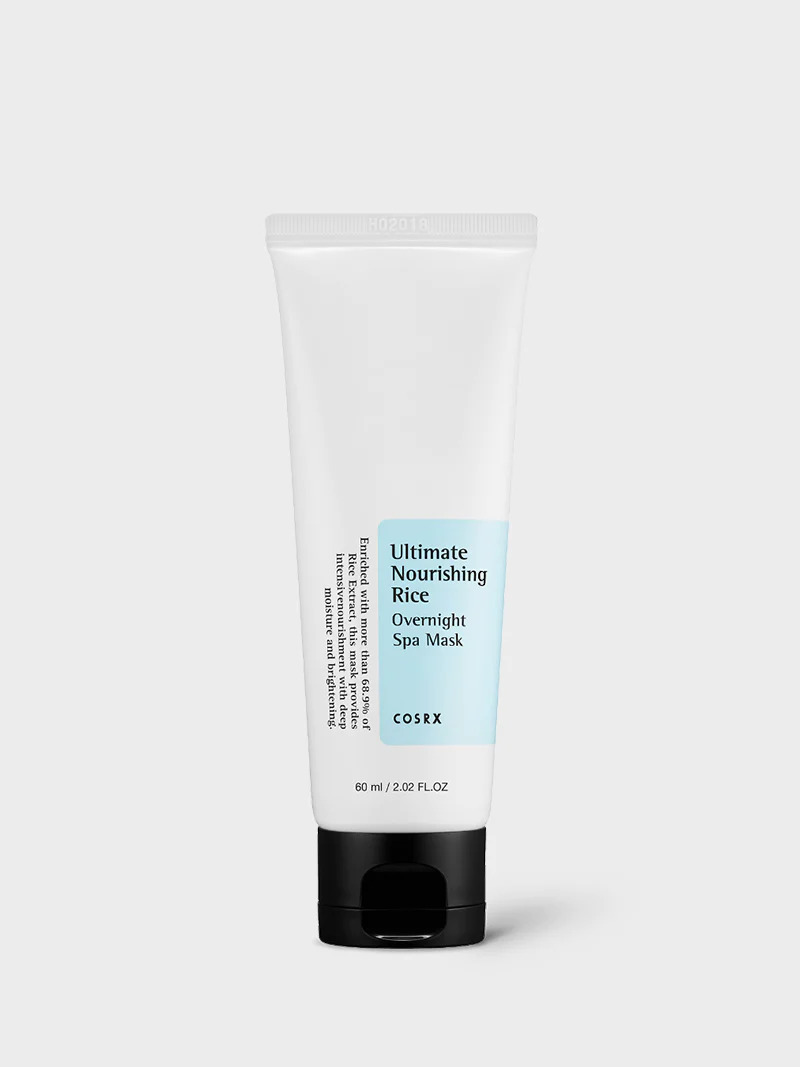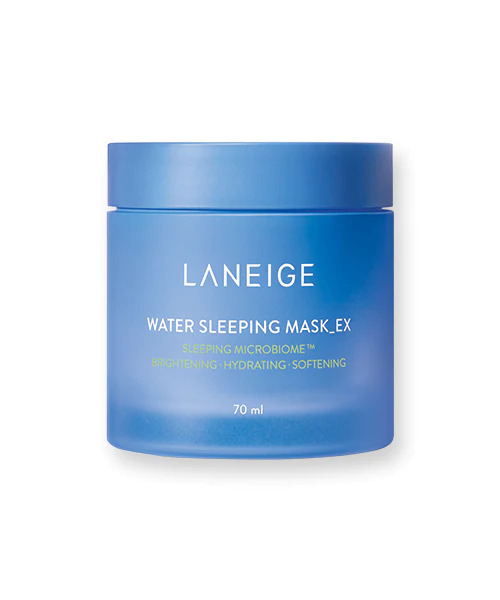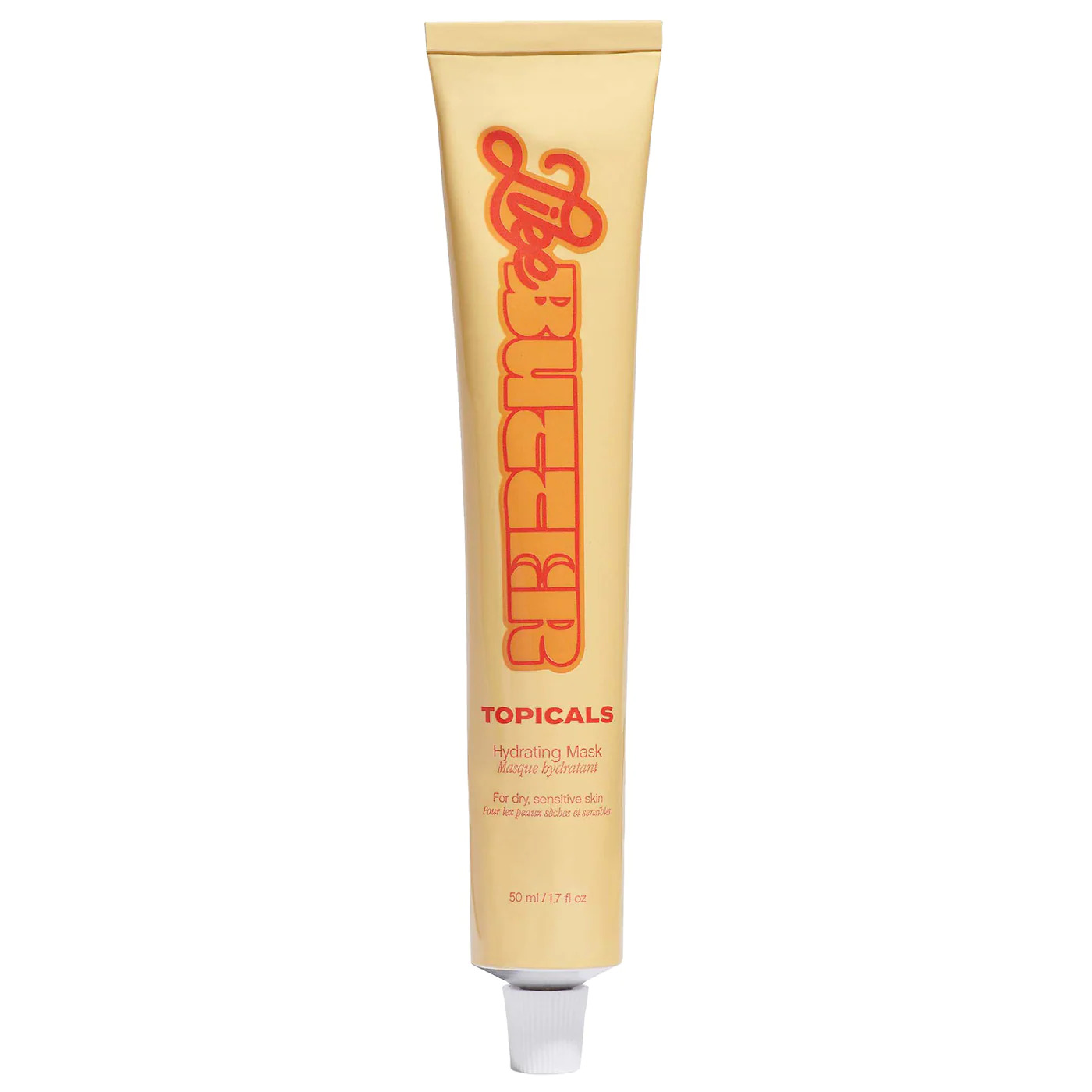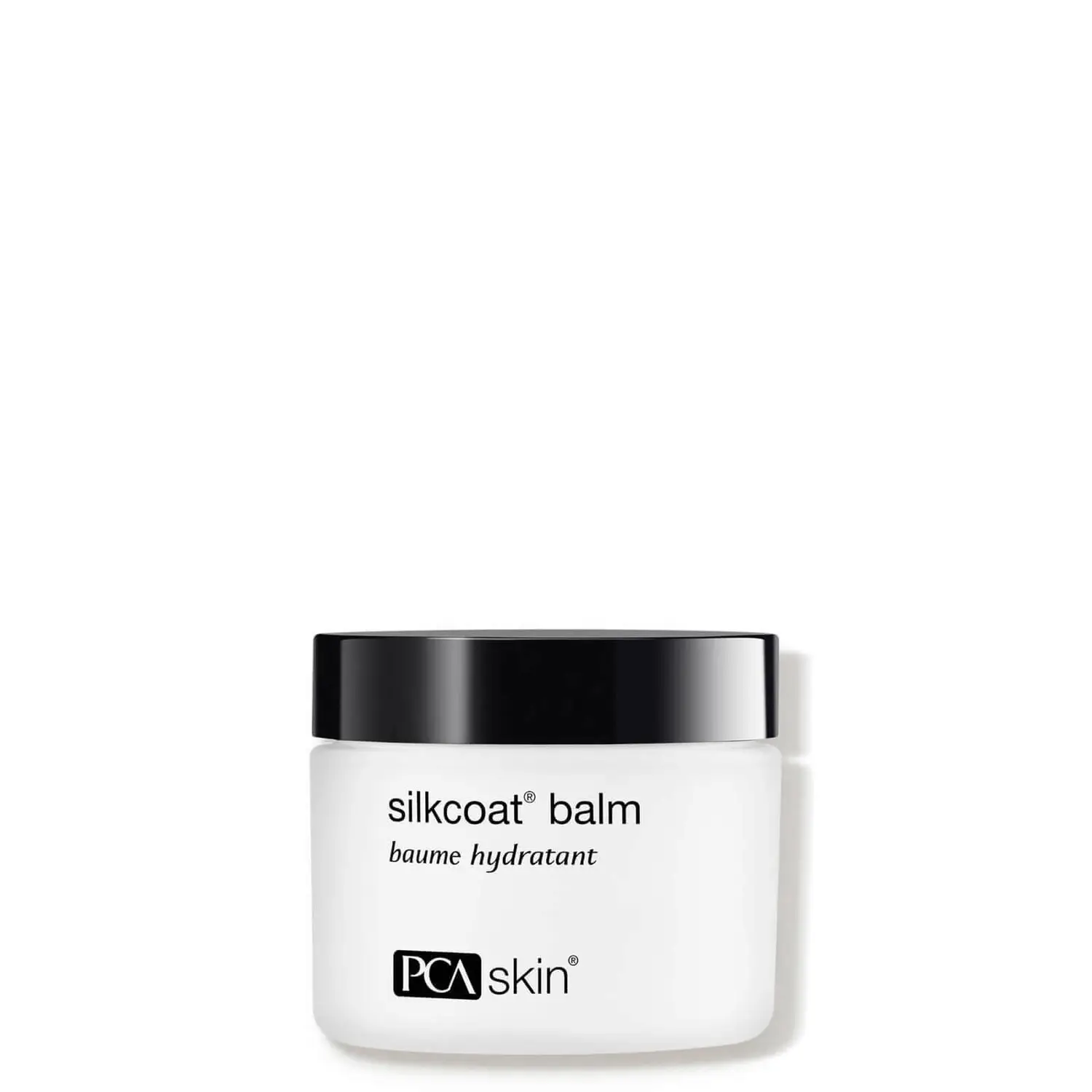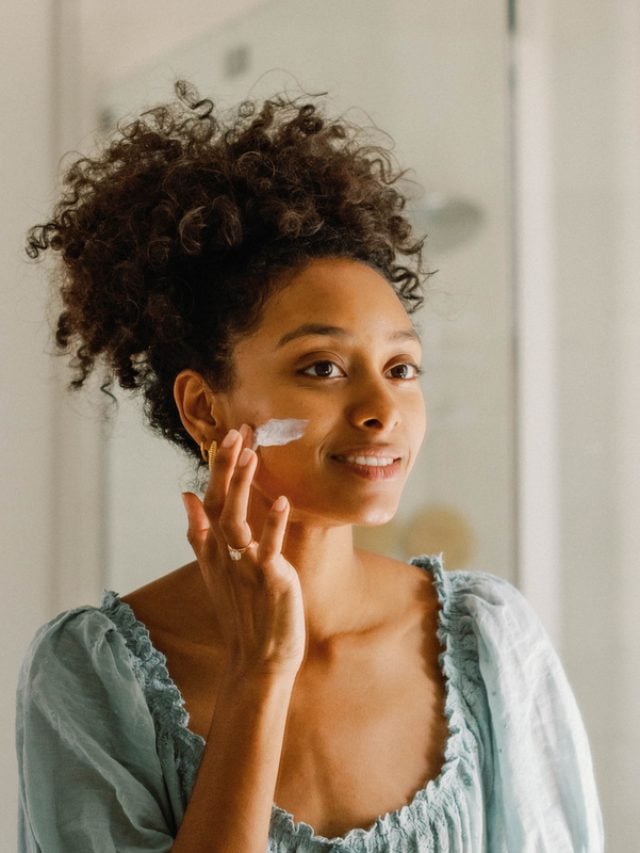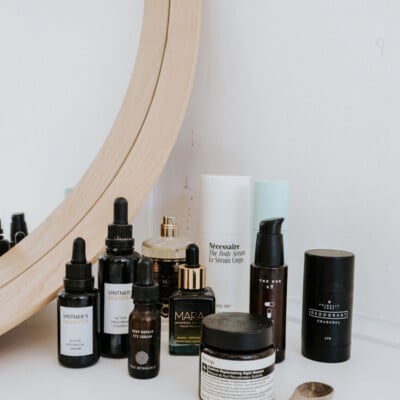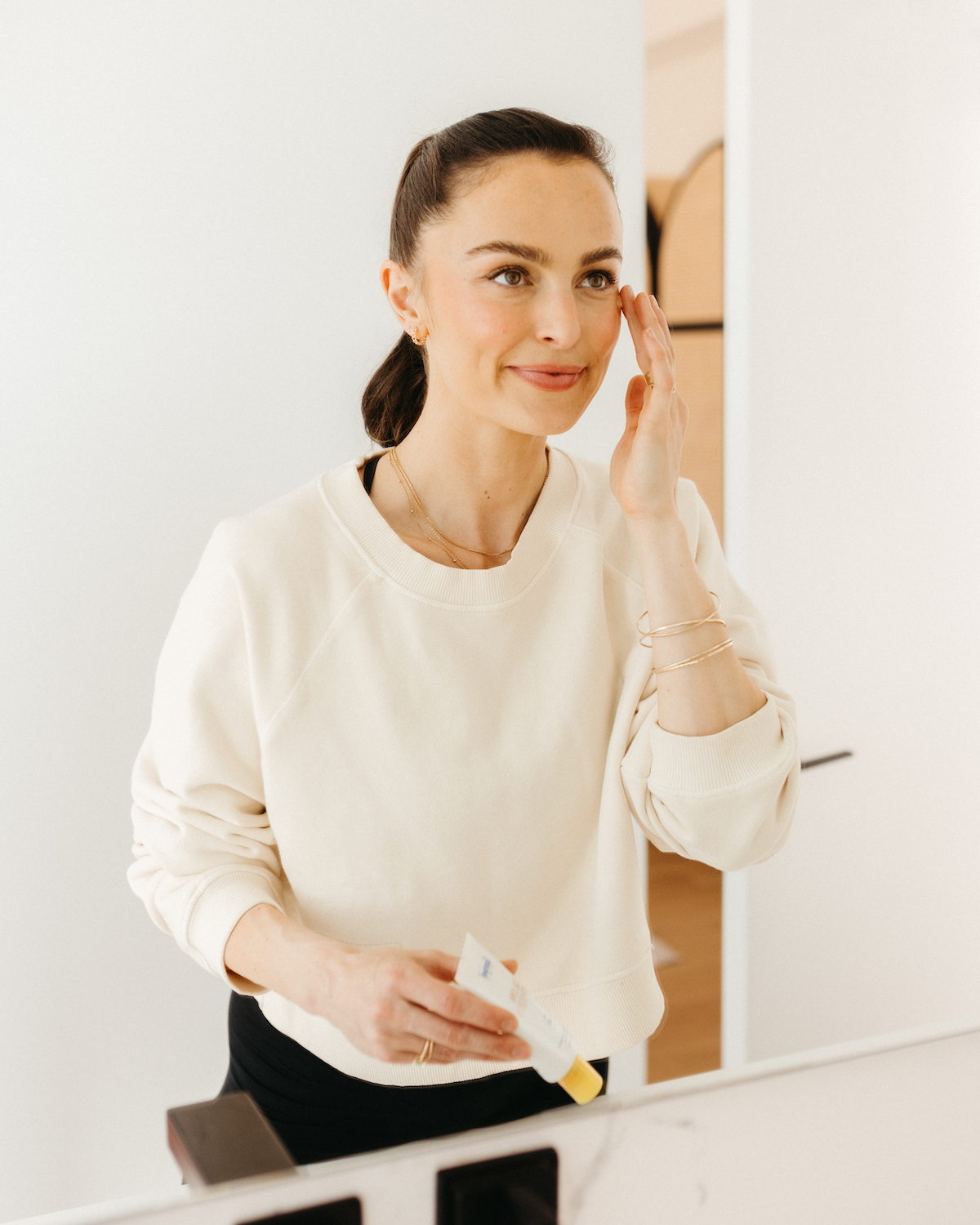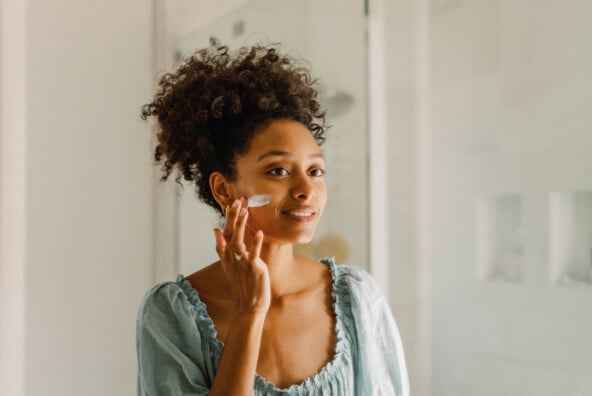We may receive a portion of sales if you purchase a product through a link in this article.
Plenty of strange skincare trends have taken the beauty industry by storm. But slugging? Far less obscure than it sounds. (Hint: There’s a reason you’ve been seeing Vaseline and Aquaphor everywhere.) Turns out, applying a thick moisturizer at night creates effortlessly glazed skin by day. But if that sounds too good to be true, you’re right to be cautious—as am I. So, rather than going to TikTok for the answers, I took my questions to the experts.
Featured image from our interview with Sanetra Nere Longno by Michelle Nash.
- Everything You Need to Know About Slugging
- What is slugging?
- What does slugging do for your skin?
- What are the benefits of slugging?
- What to Look For in Slugging Products
- Who should avoid slugging?
- How to Incorporate Slugging Into Your Skincare Routine
- The Best Slugging Skincare Products to Use in Your Nighttime Routine
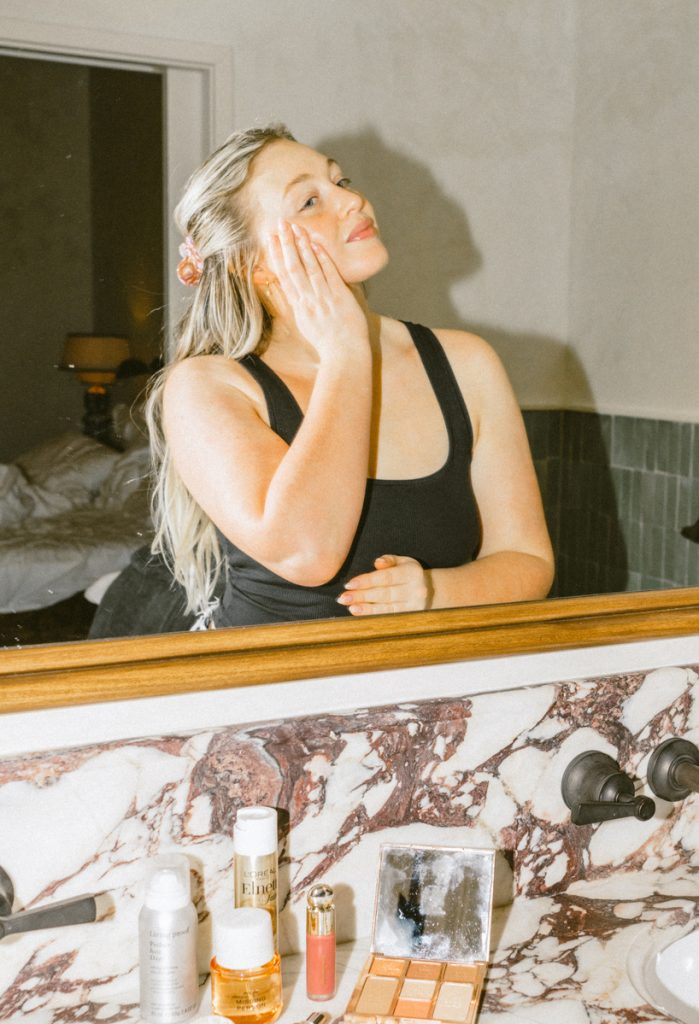
Everything You Need to Know About Slugging
“Slugging is simply slathering an occlusive as a final step of your skincare routine to lock in moisture and prevent water loss,” says Dr. Rosmy Barrios, MD, a medical advisor and Head of Anti-Aging for the Health Reporter and a regenerative medicine specialist. “It’s a K-beauty trend that was popularized by TikTok users and it works pretty well if you do it right. When you coat your skin with Vaseline, it looks shiny and slimy, more like a ‘slug’ and that’s how it gets the name.”
Similarly, “skin flooding” is a new trend based on layering hydrating products to lock in moisture. The star ingredient of “skin flooding” is hyaluronic acid, followed by moisturizers and occlusives. And while slugging is saved for the nighttime, skin flooding can be done both day and night. By the TikTok-transitive property, slugging could be considered a form of skin flooding.
By the TikTok-transitive property, slugging could be considered a form of skin flooding.
Perhaps what distinguishes slugging the most from other trends is that it’s approved by dermatologists. Like with all good things, its beauty is in its simplicity. Petroleum jelly is a beauty secret as old as time. I personally grew up smearing Vaseline on my face morning and night. While it might seem scary to grease your face with goopy-textured goo, you might be missing out on majorly glowy skin.
Another reason slugging has gone mainstream? Its potential benefits for most skin types. While it was originally touted as a remedy for dry skin, slugging has powerful wound-healing capabilities for blemish-prone skin and anti-aging abilities for mature skin.
To learn more, I spoke to board-certified dermatologists Rosmy Barrios MD, and dermatologist Dr. Michelle Henry.
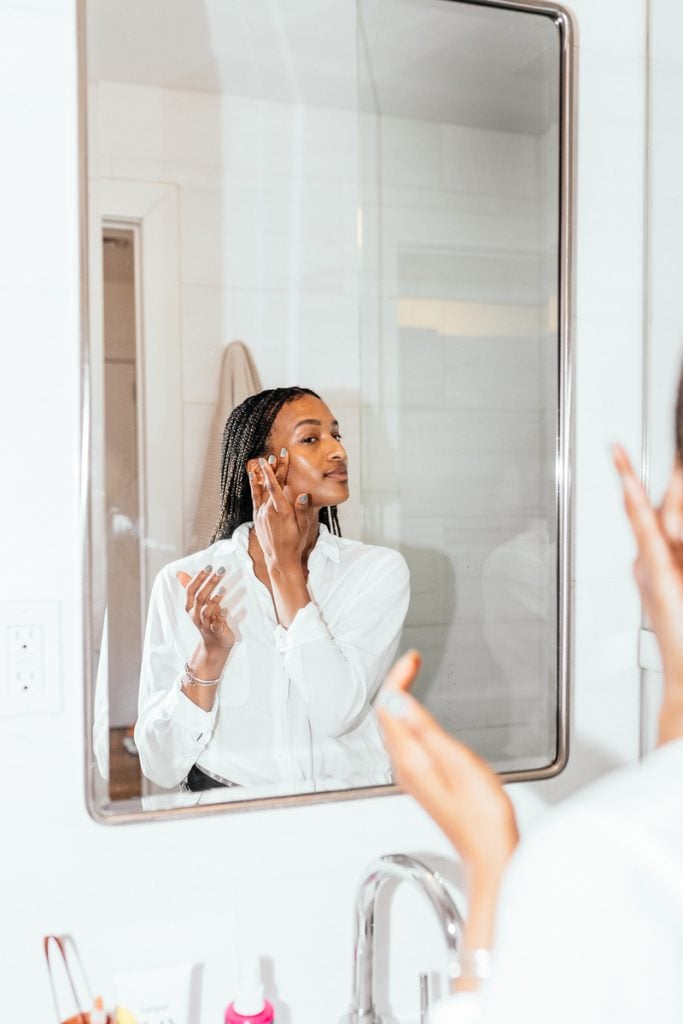
What is slugging?
Dr. Henry explains. “Skin slugging is using a thick petroleum product that is more occlusive as the last step in your skin routine. Slugging reduces transepidermal water loss, which in turn helps the skin retain moisture better.”
What does slugging do for your skin?
“It’s important to understand that the balance of skin cells and lipids is crucial for your skin barrier,” says Dr. Barrios. “Think of lipids as a glue that keep the outermost layer of your skin intact. Any reduction in lipids compromises your skin, leading to transepidermal water loss. This means the glue gets damaged and your skin’s protective barrier lets the water out. An occlusive like Vaseline jelly can fix that.”
Slugging is also a way to build up your skin barrier and restore a damaged skin microbiome. Plus, when you seal in your skincare routine by slugging, everything you put under your final layer works better.
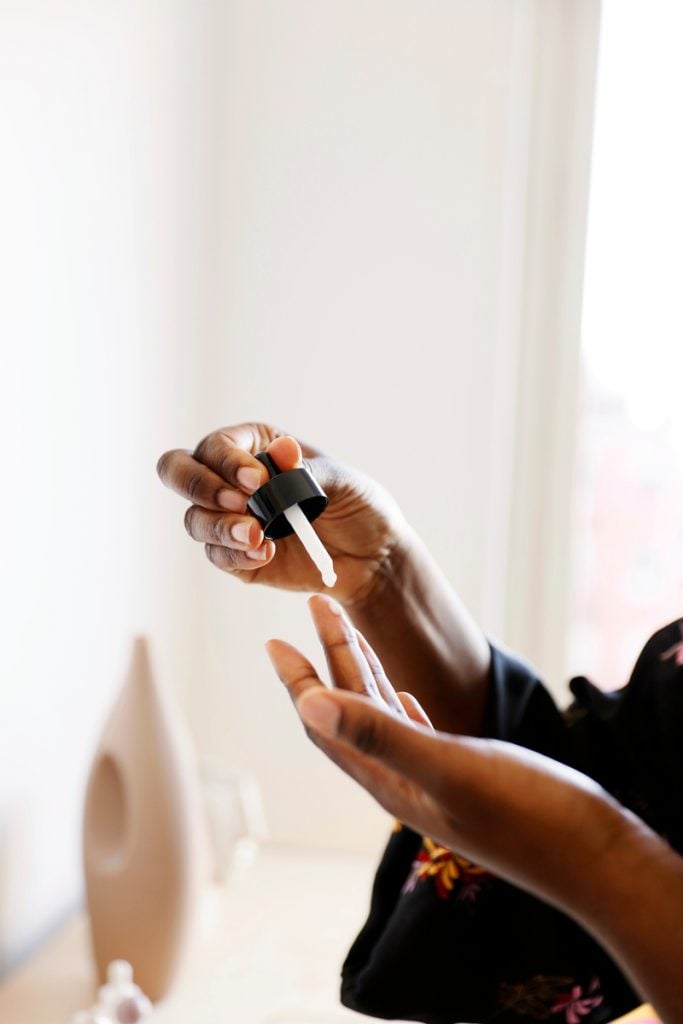
What are the benefits of slugging?
Softer skin overnight? Yes, please. Dr. Henry loves the practice as a strategy for locking in moisture and waking up with hydrated skin in the morning.
Dr. Barrios agrees. “The biggest benefit of slugging is that it gives you baby-soft and hydrated skin. By reinforcing your lipid barrier, it strengthens the way your skin protects itself. Plus, it improves the effectiveness of your skincare products by acting as an external protective layer over them.”
What to Look For in Slugging Products
Dr. Henry recommends petroleum-based products. “They are not breathable and will lock in moisture to your skin. I recommend Vaseline, Aquaphor, or CeraVe Healing Ointment.”
“Look for occlusive ingredients such as petrolatum and lanolin to effectively create a protective barrier over your skin,” says Dr. Barrios. “A simple unscented Vaseline is your best bet, but you can opt for products that contain glycerin and hyaluronic acid as well. Avoid products with fragrances because they will irritate your skin.”
Who should avoid slugging?
“Remember that slugging is not for everyone,” warns Dr. Barrios. “If your skin is acne-prone, slugging can lock in dead skin cells, acne-causing bacteria, and sebum within your skin and make acne worse.”
Dr. Henry adds, “Because skin slugging uses occlusive products, it may clog pores if you have oily or acne-prone skin. While the products themselves are non-comedogenic, if any other products in your routine trigger acne, it will lock it in. If you have oily or acne-prone skin and want to do skin slugging, I’d recommend using a product like retinol or salicylic acid as part of your routine.”
How to Incorporate Slugging Into Your Skincare Routine
Slugging should be the last step of your skincare routine. “It’s important to wash your face thoroughly before you apply Vaseline to your skin because any element of dirt or bacteria will be bad for your skin,” says Dr. Barrios.
Because slugging seals in the products before it, opt for a lighter slate of products when slugging. Ensure they are all non-comedogenic and be careful with using any actives. And since slugging doesn’t hydrate or moisturize your skin itself, it’s not a replacement for your serums and creams. This is where skin flooding comes in. Layering hydrating products can be a godsend for your face overnight—especially if you include a hyaluronic acid serum and an occlusive moisturizer.
When slugging, products should be applied in this order:
- Cleanser, especially one with gentle exfoliating properties, to slough away dead skin cells and clogged pores
- Toner to prep your skin and gently sweep away any final debris in your pores or on the surface of your skin
- Hydrating serum like Hyaluronic acid
- Any other targeted serum for discoloration or anti-aging
- Lightweight moisturizer to add a moisturizing layer with humectants and nourishing ingredients
- Slugging skincare products should be used at the end of your routine
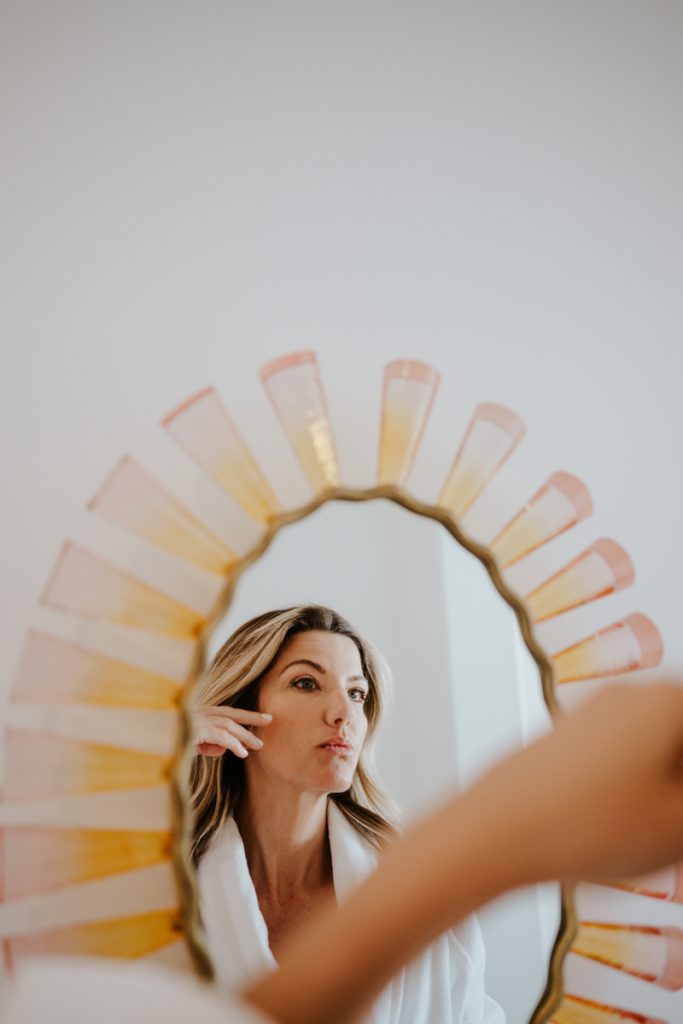
The Best Slugging Skincare Products to Use in Your Nighttime Routine
Vaseline Original Petroleum Jelly
A thin layer of Vaseline can do wonders for your skin. Simply cleanse before applying and cleanse after your beautiful night’s sleep for hydrated and radiant skin.
Aquaphor Healing Ointment Advanced Therapy
Aquaphor is another hydrating, non-irritating product to incorporate into your slugging routine.
CeraVe’s Healing Ointment protects your moisture barrier for 8+ hours and contains ceramides and hyaluronic acid.
Futurewise’s Slug Balm is a plant-derived, non-sticky formula that still locks in all the hydration you need for radiant skin.
La Roche Posay Cicaplast Balm B5
The Cicaplast Balm is a multi-purpose balm, perfect for slugging or simply maintaining hydrated skin. The gentle ingredients make it safe to use on children and adults.
Dr. Jart+ Ceramidin Skin Barrier Moisturizing Cream
If your skin is in desperate need of fast yet lightweight rehydration, this Dr. Jart+ moisturizing cream may be your new best friend.
I’ve found that the Skinceuticals Hydra Balm is exactly what my dry skin needs after a day in the sun or near salt water. It also provides a soothing relief from any itching that comes with drier skin.
EltaMD Skin Recovery Night Mask
Not only will this night mask improve your hydration, but it also works overnight to reduce the skin’s redness.
COSRX Ultimate Nourishing Rice Overnight Spa Mask
Made from rice extract and niacinamide, this overnight mask is perfect for slugging and can be applied after your routine moisturizer.
The packaging alone could win me over on this sleeping mask from Laniege. The formula is super lightweight and doesn’t feel heavy on my skin.
I’m a big fan of anything from the Topicals skincare line, but this mask, made from colloidal oatmeal, reduces the redness of my skin and keeps my skin hydrated throughout the day.
A bit on the pricier side, but worth every penny, is the PCA Skin Silk Coat Balm. It hydrates while still keeping skin calm and protected throughout the night.


